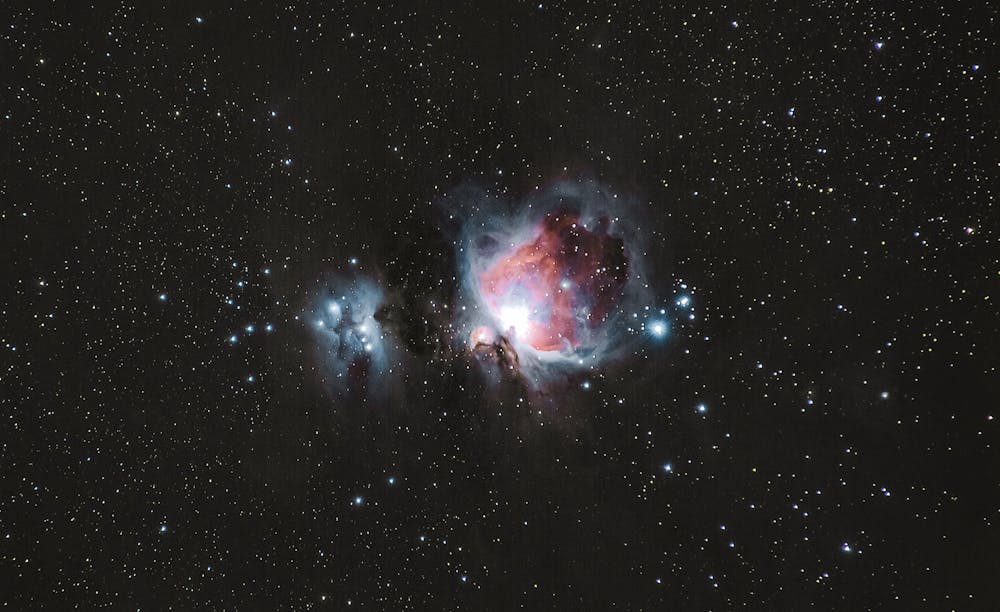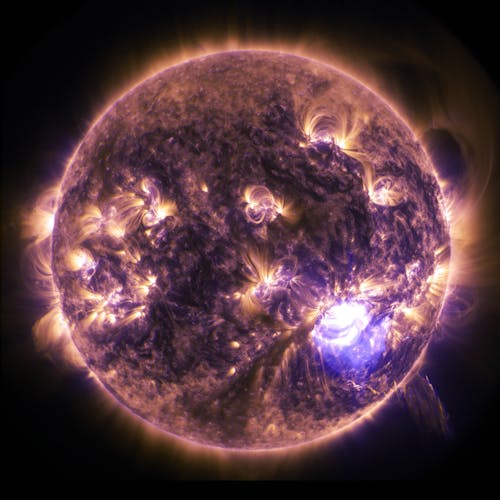An image of a giant dying star has been uncovered by NASA's Hubble Telescope.
Images have been released by Hubble showing a glowing blue variable star named AG Carinae exploding. In the galaxy, it is among the brightest and biggest stars
Ag Carinae is a relatively young star with a mass between 55 and 70 times that of the Sun.
The highest mass-loss rates are found in luminous blue variables (LBVs). In addition, they fluctuate quite significantly and exhibit high irregularity.
Radiation pressure is pushed outward by this fluctuation. There is nothing more wild than its death throes.
The eruptive variability of its eruption begins to exhibit its characteristics as it runs out of fuel to fuse into hydrogen.\
A star's core contracts as its material heats.
Radiation is combating gravity in an attempt to avoid self-destruction while dust and gas surround it.
Outer layers of the star were blown into space as if the lid of a boiling teapot had popped off
Different types of materials are represented by different colors. Ionised gas ejected from the star is represented by red while blue shows the dust around the star.


Comments
Post a Comment